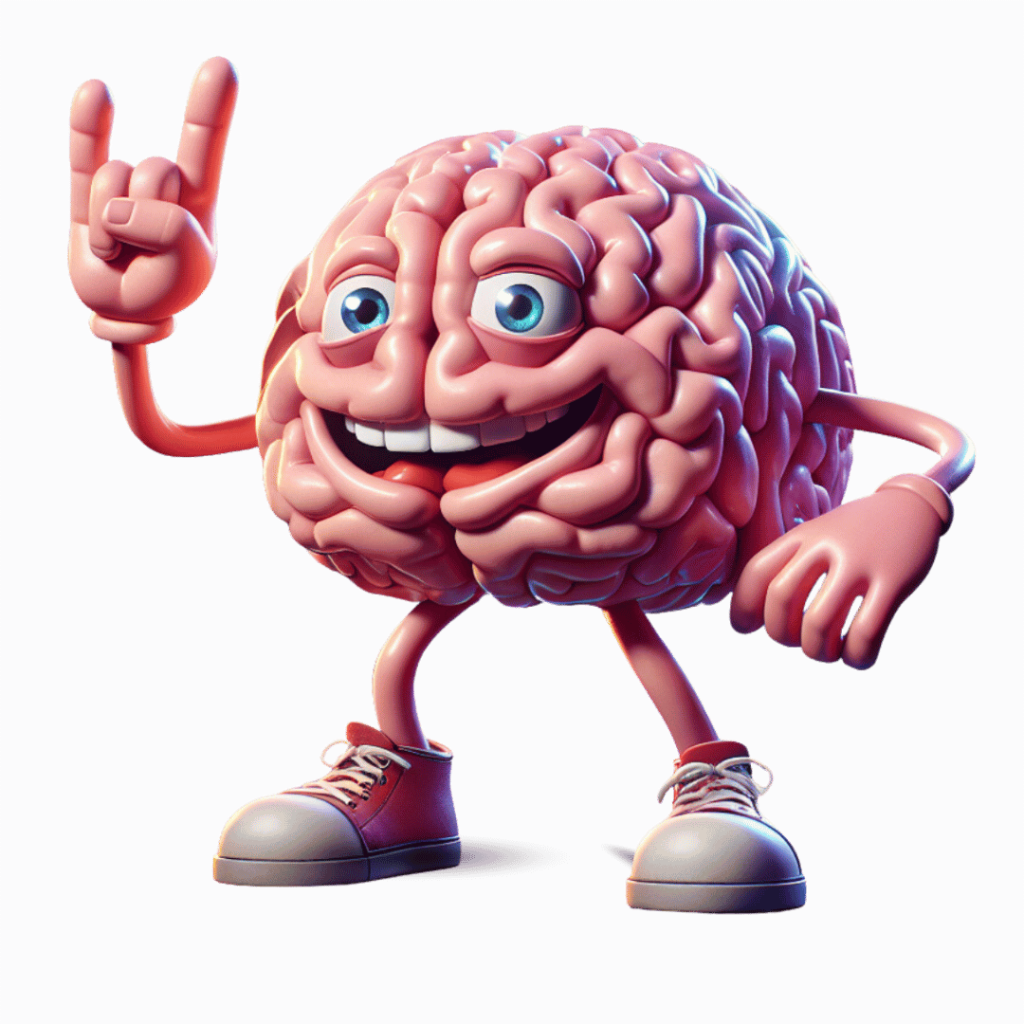Cracked: The Hidden Language of AI (A Beginner’s Roadmap to Mastery)
Imagine sitting at a bar, and your friend leans in, whispering secrets about a language spoken only by a select few. That language? AI. With the surge in artificial intelligence permeating every corner of our lives, understanding its intricacies isn’t just a luxury—it’s a necessity. Today, we embark on a journey to crack the code of AI, making it accessible and exciting for beginners.
Understanding AI Basics
First things first: what on earth is artificial intelligence? At its core, AI refers to machines designed to simulate human intelligence. This includes the ability to learn, reason, and make decisions like a human. But here’s where most stumble—believing AI is just about robots or sci-fi movies. Spoiler alert: it’s much more than that.
Key components of AI include:
- Machine Learning: Algorithms that allow machines to learn from data.
- Natural Language Processing: The ability of machines to understand and respond to human language.
- Computer Vision: Enabling computers to interpret and make decisions based on visual data.
Grasping these concepts lays the groundwork for your understanding of AI. It’s the first step in cracking the code.
The Language of Algorithms
Now that we’ve understood what AI is, let’s decode its language: algorithms. These step-by-step procedures are the building blocks of any AI system. Just like a treasure map, algorithms guide machines through heaps of data to find valuable insights.
Let’s look at the three main types of algorithms:
- Supervised Learning: This algorithm learns from labeled datasets. Picture having a coach who tells you what to do—when given feedback, you learn and improve.
- Unsupervised Learning: Here, the algorithm looks for patterns without any labeled data. This is like a detective figuring things out without clues.
- Reinforcement Learning: This is akin to training a pet; the algorithm learns by receiving rewards or penalties based on its actions.
Understanding these types will help you interact meaningfully with AI technologies. Also, don’t forget to put the learning into practice—after all, knowledge is power, especially when it’s encoded!
From Zero to AI Hero: Your Learning Pathway
The best part about learning AI is that you don’t need a computer science degree to start. Here’s a roadmap:
- Start with the Basics: Familiarize yourself with foundational concepts. Online courses are a goldmine for structured learning.
- Join AI Communities: Engage with others passionate about AI. This can be through forums, social media groups, or local meetups.
- Practice Regularly: Build your own small projects to apply what you learn. Consider a course like The Shadow Work Cipher: 50 AI Prompts That Decode Your Hidden Power.
Following this pathway will help you gradually build your confidence and skills in AI.
Decoding Data: How AI Processes Information
Let’s talk about the unsung hero of AI—data. It’s the fuel that powers AI engines! Without data, algorithms are like cars without gas—useless.
Understanding how AI works with data consists of a few important parts:
- Data Collection: Gathering relevant information from various sources. This can include everything from social media to sensors on devices.
- Data Input Types: AI deals with structured data (like spreadsheets) and unstructured data (like text or images).
- Preprocessing: Before feeding data into algorithms, we often clean and organize it. Think of it like prepping ingredients before cooking.
When data is well-prepared, AI can produce much better results. Imagine asking your AI-powered assistant about your week’s schedule—if it’s well-informed with accurate data, it can provide perfect suggestions.
Neural Networks: The Brain Behind AI
Like your brain, neural networks connect inputs and outputs to make decisions. Here’s how they work:

Neural networks consist of:
- Neurons: The basic units, similar to brain cells, processing input data.
- Layers: Input layers (where data enters), hidden layers (where processing happens), and output layers (where results are produced).
- Training: The process of adjusting network weights based on feedback—just like practicing a sport over time to improve performance.
Applications for neural networks are abundant—from facial recognition in photos to understanding human language. The best part? You’re now one step closer to understanding their secret life.
The Art of the Prompt: Communicating with AI
How do you talk to AI? It’s all about the prompts you craft! Writing clear and effective prompts is essential for getting intelligent responses. Think of prompts like asking for directions: the more specific you are, the better the answers you’ll get.
Here are some tips for writing fantastic prompts:
- Be Clear: Make sure your request is straightforward and free of jargon.
- Be Specific: Detail what output you’re expecting. Instead of saying “Tell me about AI,” try “What are key benefits of AI in education?”
- Iterate: After receiving a response, refine your prompts based on the output to achieve better results.
Mastering the art of prompting can radically improve your interactions with AI tools!
Ensuring Ethical AI Usage
AI is magical, but it must also be responsible. Understanding bias in AI is crucial because algorithms can inadvertently learn harmful patterns.
To ensure ethical use of AI, consider these practices:
- Diverse Data Sets: Use varied and representative data to train algorithms.
- Regular Audits: Examine AI systems continuously to catch biases or errors early on.
- Transparency: Advocate for clear communication about how AI systems make decisions.
Being a responsible AI user not only benefits your projects but also the greater community.
Practical Applications of AI: Integrating Into Daily Life
So, how can you bring AI into your everyday life? Get ready:
- Personal Assistants: Use tools like Siri or Alexa for managing tasks and reminders.
- Smart Apps: From fitness trackers to budgeting apps, many tools now incorporate AI to help optimize performance.
- Content Creation: Explore AI writing assistants to help with everything from brainstorming to drafting.
AI is not just a futuristic concept—it’s already part of our reality. Embrace these technologies and watch how they can transform your daily routines.
Now, What’s Next?
As you walk this exciting path of mastering AI, remember to:
- Stay Curious: AI is ever-evolving; keep up with the latest developments and innovations.
- Engage with Others: Share your journey, ask questions, and learn from the community.
- Practice: Like any skill, the more you apply what you learn, the better you’ll become.
Your adventure in AI has just begun. The world is at your fingertips, and every click leads you closer to understanding the hidden language of artificial intelligence. Are you ready to crack the code?












